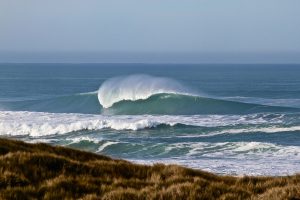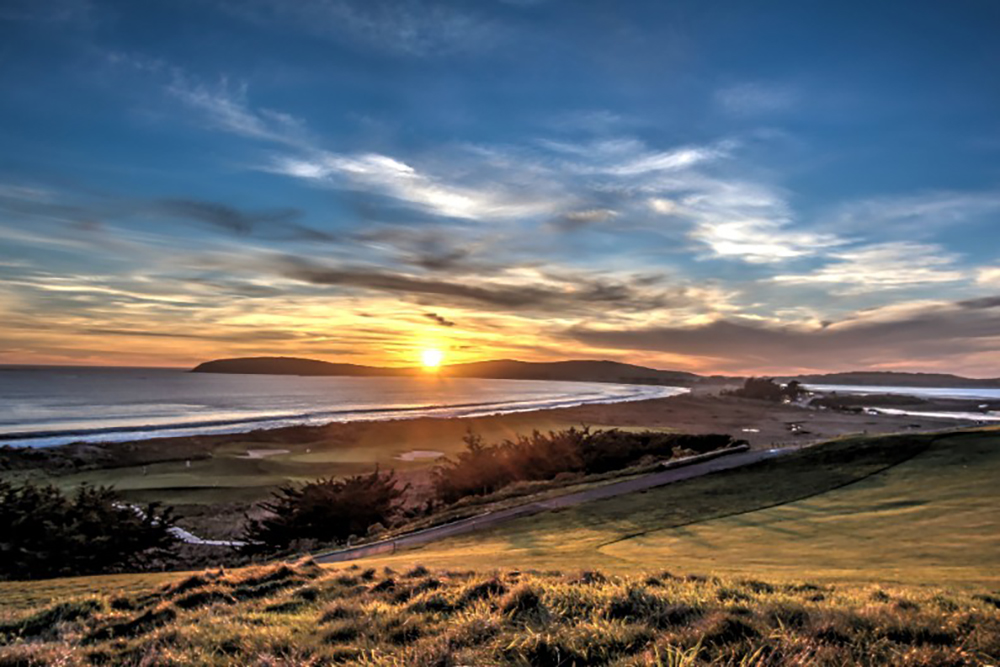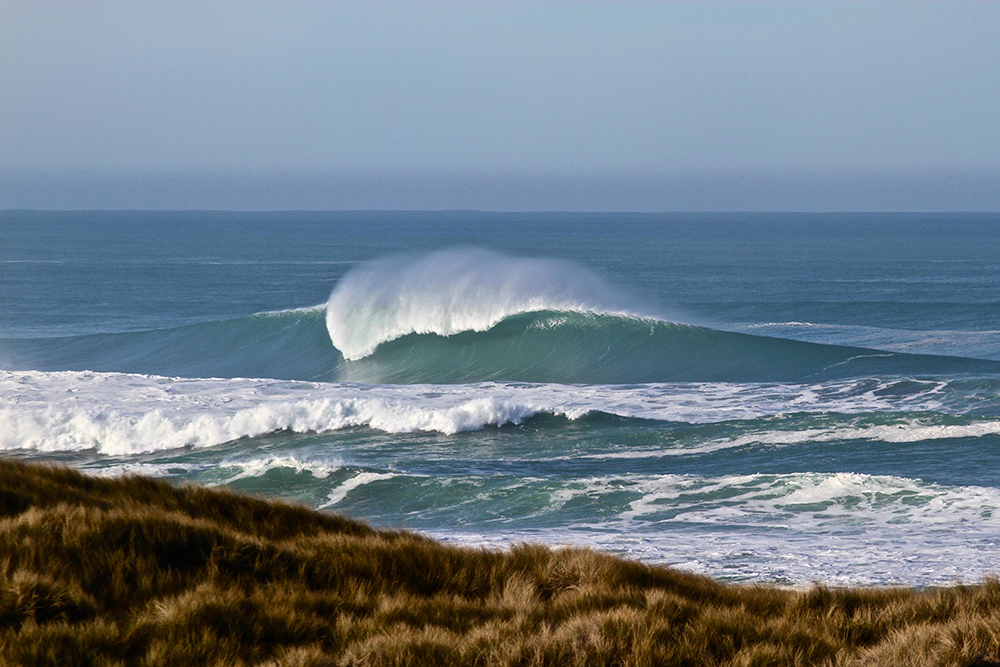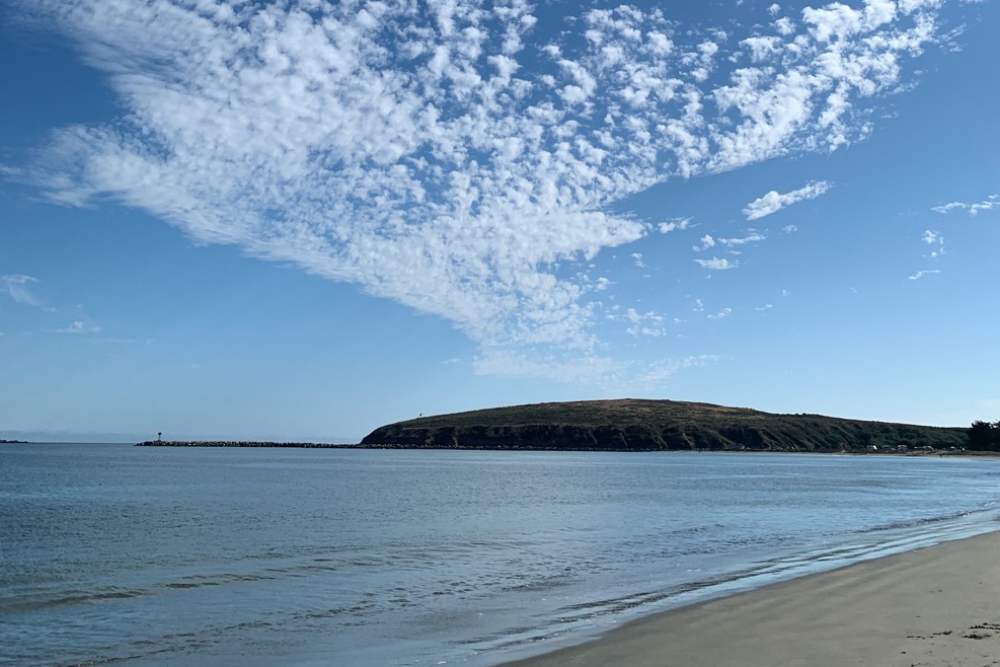
During my Pennsylvania childhood, the seasons paraded through the years in lockstep formation: Spring’s promises and petals. Summer’s lush ripeness. Autumn’s harlequin leaves. Winter’s icy grip. Here on the Northern California coast, the indomitable wind and waves have created seasons of their own: Upwelling (March through July), Relaxation (late summer through October), and Storm (November through February).
Upwelling occurs in many oceans but dominates in only four regions—off the Western coasts of North America, South America, South Africa, and the Canary Islands. Although they make up just one percent of ocean area, these zones are among the richest, most biodiverse ecosystems on the planet.
As our annual cycle begins, mighty winds gather enough force to part the sea and move its waters. Unleashing their full fury, gusts barrel south along the Pacific’s eastern rim. In aptly nicknamed “Blowdega” on the windiest stretch, salt-studded gales whip, rage, howl, shred flags, peel paint, pock windows, corrode metal, and upend anything not anchored to the ground. They also trigger a spectacular explosion of life.
Like a snowplow, the fierce blasts shove aside surface waters. In what is known as the Coriolis effect, the spin of the earth pushes this layer west, away from the shore. Dark, cold, nutrient-rich water from the depths “upwells” to take its place, ferrying the chemical building blocks of life toward the sun’s light. In the miracle of photosynthesis, phytoplankton bloom, providing food for tiny animals called zooplankton. They nourish a hungry mob of larger fish, seabirds, seals, whales, and other creatures that migrate thousands of miles to feast on the seasonal buffet.
Thanks to the Upwelling’s chill, our alleged summer months are never hot, only occasionally warm, and at times so bone-penetratingly raw that we swaddle ourselves in parkas to watch fireworks on the Fourth of July. More often than not, a gray shroud of fog descends to obscure the spectacle.
Late in August, the winds relax into gentler breezes. The fog lifts. The sun sprinkles diamonds of light on the sea. Grapes sweeten in coastal vineyards. Surfers and swimmers delight in almost tepid water. These are our golden days.
In November the swells build, and the ocean’s soothing murmur crescendos into a roar. During winter storms, atmospheric rivers steamroll across the Pacific. Rogue waves—thirty feet and higher—pry piers from their pilings, claw at concrete foundations, and snatch unsuspecting beachcombers out to sea. When king tides flood the roads in every direction, my neighborhood becomes an island. Like the quails in the brush and the gophers in their burrows, we hunker down and try to stay dry.
For hundreds of millions of years, this cycle has been spinning round and round, with variations in intensity and timing. As I brace myself for the Upwelling’s thrust, yearn for Relaxation’s warmth, and dash through Storm’s downpours, I wonder: How will a changing climate affect the seasons of the sea? Will their life-giving dance ever lose its rhythm?
The answers may be blowing in the wind.





